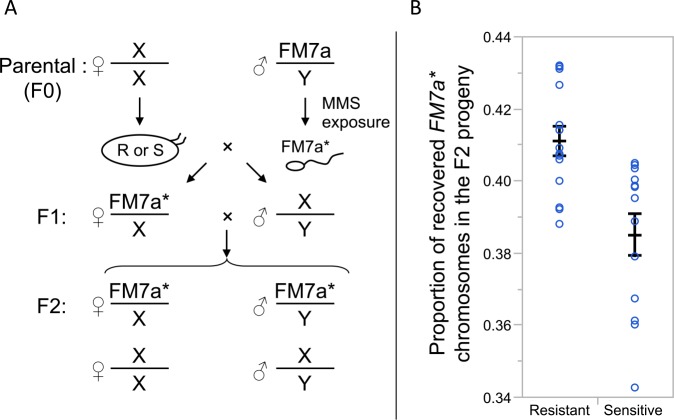Fig 2. DNA-repair capacity assay: Oocyte repair of mutagenized sperm.
(A) Crossing scheme of the experiment. Only the genotype of the first pair of chromosomes (X/Y) is shown. Parental females (F0) from either UV resistant or sensitive lines (i.e. lines from the tails of the UV sensitivity index from the latitudinal screen) were mated to an F0 Parental male carrying an FM7a balancer X chromosome with B1 as a visual marker (Bar eyes). As those males were fed with a mutagen (MMS), they produced gametes that carried deleterious DNA lesions on the FM7a chromosome (FM7a*), some of which may be repaired by the oocyte cytoplasm. F1 daughters were then mated to their F1 brothers. F2 offspring were scored for sex and presence of FM7a*. (B) Estimation of DNA damage repair capacity across lines showing higher vs. lower embryo UVB sensitivity. The graph shows the mean proportion of recovered offspring (± s.e.m.) carrying mutagenized (FM7a*) chromosomes from a crossing scheme initiated with grandmothers (F0) from either the 14 least sensitive (i.e., most resistant) or the 13 most sensitive lines. The recovery rate was significantly greater for the less sensitive (i.e., more resistant) lines (Mann-Whitney U test: p = 0.0017).

